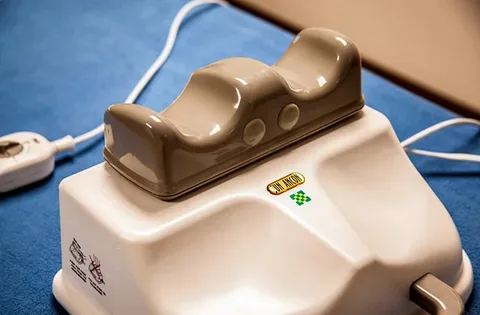Tracking employee work hours is essential for every business whether you’re managing a small team or a large company. Knowing how much time employees spend on tasks helps improve productivity, ensures fair pay, and supports better project management.
In this article, we’ll break down easy and effective ways to track employee work hours, using simple language and practical tips.
Why Tracking Work Hours Matters
Tracking employee work hours isn’t just about payroll. It helps:
-
Understand how time is spent
-
Measure productivity
-
Avoid burnout
-
Improve project planning
-
Stay compliant with labor laws
Top Methods to Track Employee Work Hours
1. Manual Timesheets
This is the traditional method where employees write down their start and end times or hours worked on a spreadsheet or paper sheet.
Pros:
-
Simple to start
-
Low cost
Cons:
-
Time-consuming
-
Prone to errors or dishonest entries
-
Hard to analyze data
2. Punch Clocks or Biometric Systems
Employees clock in and out using a physical device, such as a card reader or fingerprint scanner.
Pros:
-
Reliable and accurate
-
Good for in-office workers
Cons:
-
Expensive hardware
-
Not ideal for remote or field teams
3. Time Tracking Software
This is the most modern and efficient way to track work hours. Employees log in using a computer or mobile app, and the time tracking software automatically records time.
Popular Features:
-
Start/stop timers
-
Timesheet approval
-
Reports and dashboards
-
Mobile tracking
-
Integrations with payroll and project tools
Pros:
-
Accurate and real-time tracking
-
Easy for remote, hybrid, or in-office teams
-
Saves time and reduces errors
Cons:
-
Requires internet and training at first
How Time Tracking Software Works
Let’s say your team uses a tool like Time Champ. Here’s how it would work:
-
Login – Employees sign into the software at the start of their shift.
-
Start the Timer – They click a button to start tracking when they begin working.
-
Log Tasks – They can add what they’re working on (e.g., “Designing new website banner”).
-
Take Breaks – The software tracks break times too.
-
Submit Timesheet – At the end of the day or week, they submit their time for approval.
-
Managers Review – Managers can approve, reject, or comment on timesheets.
-
Generate Reports – Time data is used for payroll, performance, and project planning.
Tips for Successfully Tracking Work Hours
Effectively tracking work hours is more than just using software—it’s about creating a culture of transparency, consistency, and accountability. Here are some essential tips to ensure your time tracking efforts lead to real productivity gains:
1. Set Clear Rules
Before you start tracking time, make sure your team understands the process. Clearly communicate when employees should clock in and out, how to categorize tasks, and what qualifies as billable or non-billable hours. Having clear policies in place avoids confusion and ensures consistency across your team.
2. Keep It Simple
Choose time tracking tools that are easy to use. Complicated systems can discourage employees from logging their hours correctly. Look for platforms that offer one-click timers, mobile access, and user-friendly interfaces. The easier it is to log time, the more accurate your data will be.
3. Be Transparent
Let your team know why time tracking matters. Explain how it helps with project planning, fair compensation, workload balancing, and identifying areas for improvement. When employees understand the value, they’re more likely to cooperate and use the system honestly.
4. Review Regularly
Don’t just collect time data—analyze it. Regularly review timesheets and reports to identify patterns such as missed entries, overtime trends, or inefficiencies. Use this information to guide team meetings, improve task allocation, and spot potential issues before they escalate.
5. Use Automation
Leverage automation to minimize manual work. Time tracking software can automatically log hours, remind users to clock in, generate timesheets, and create reports. This saves time and reduces the risk of errors, freeing your team to focus on more meaningful work.
Benefits of Using Time Tracking Software
-
Saves Time: No more chasing spreadsheets.
-
Improves Accuracy: Fewer errors in hours or billing.
-
Boosts Accountability: Everyone is responsible for their time.
-
Enhances Productivity: Managers can spot trends and improve workflows.
-
Supports Remote Teams: Track time from anywhere, anytime.
Conclusion
Tracking employee work hours doesn’t have to be complicated. Whether you use manual timesheets or modern time tracking software, the goal is the same: to understand how time is used and help your team perform better.
If you’re still wondering what is time tracking, it’s simply the process of recording how much time employees spend on different tasks. This information can be used to improve productivity, manage workloads, and ensure fair pay.
For a smart and simple way to handle it all, try a tool like Time Champ an all-in-one solution that makes time tracking effortless for both managers and employees.













































